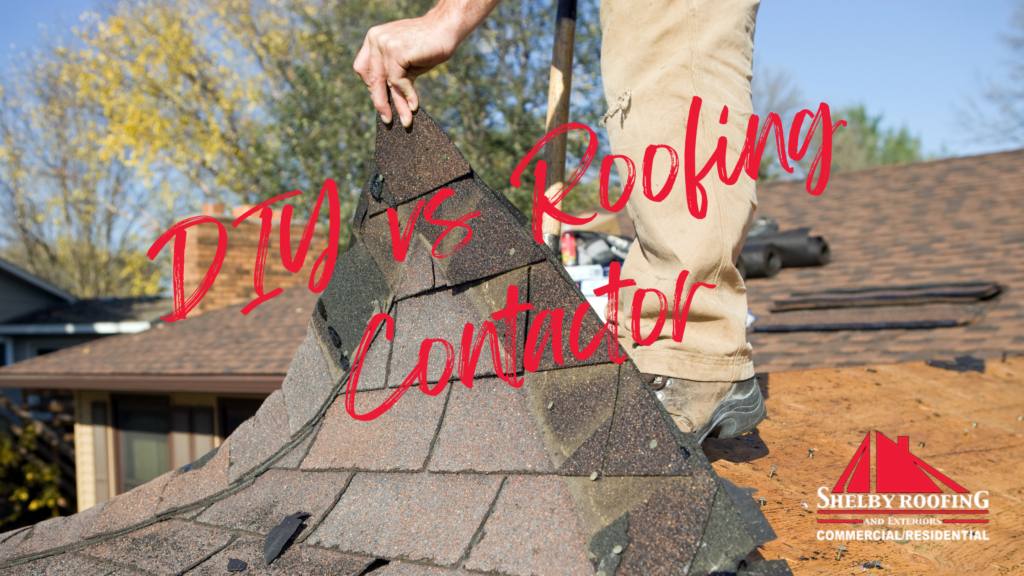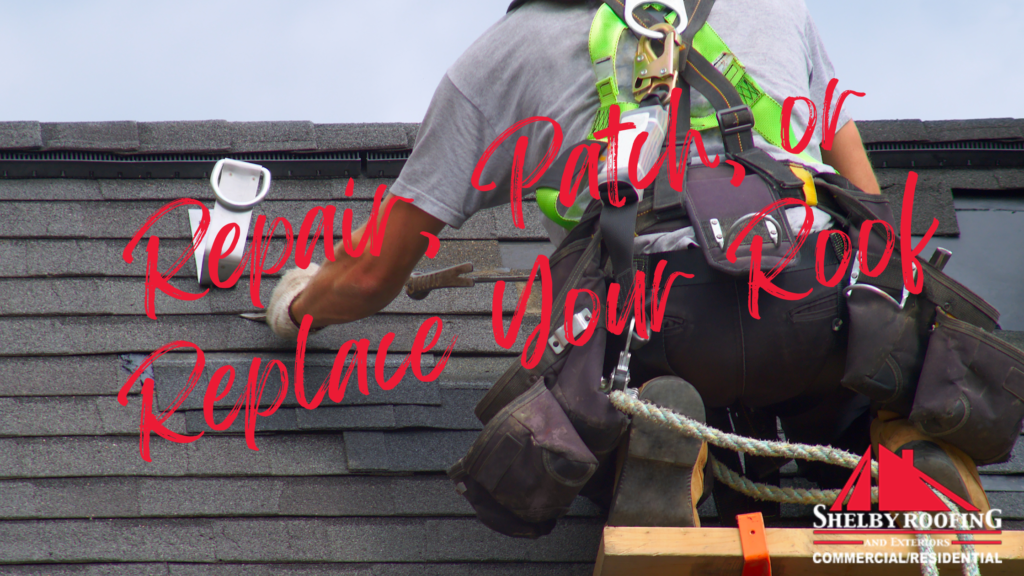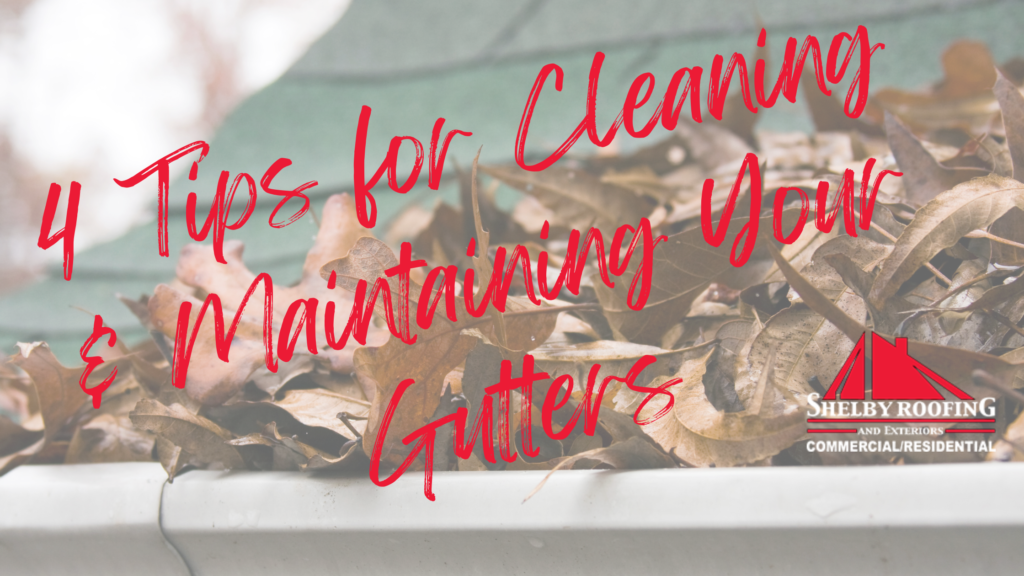DIY Roof Replacement vs Professional Roof Replacement
When it comes to your residential roof replacement, you may be wondering if it would be best to hire a roofing professional or take on the project yourself. Both options have their benefits and disadvantages, but it all depends on your own expertise and skills, the amount of funds you have available, and the extent of the project.
The average price to replace a residential Asphalt roof in Missouri can range anywhere from $2,500 to $10,000, depending on whether you choose to do-it-yourself or hire a professional contractor. While it may seem best financially to jump into a DIY project simply to save money, there are other things to consider before deciding on a DIY or professional roof replacement.
As a trusted roofing company with over 35 years of experience, Shelby Roofing & Exteriors wants to ensure that you make the best decision for your family and home. Here is what you should consider when thinking about replacing the roof of your home DIY style or with the help of a local contractor.
Deciding on a DIY Roof Replacement
While many homeowners may feel confident in completing minor patches and repairs on their own, whether to fix slight leaks or loose shingles, replacing an entire Asphalt roof is often a different story. If you are considering whether you should tackle your roof’s replacement as your next DIY project, it is important to consider the pros and cons before taking the leap.
There is no doubt that taking on the challenge of replacing your home’s roof yourself will save you both time and money. With no labor costs based on the number of workers, your select choice of roofing materials, and the ability to extend the project’s timeframe at will, can save you thousands of dollars. However, this ability to cut corners also has potential downsides that should be thoughtfully considered.
If part of the project is done incorrectly, you may still need to resort to hiring a professional in the short- or long-term, resulting in greater costs in the future. You must also think about your safety and technical know-how. Do you have the right safety equipment? Do you have a friend that can at least be there in case something happens? Do you have health insurance if something were to happen? Also consider how comfortable you are with heights and the odd angles of sloped roofs, which for some can cause dizziness and disorientation, along with climbing ladders and working in hot weather.
Beyond safety, also consider questions like: How much time do you have available to work on a potentially extensive project? Is money a major factor and is it the main reason you are choosing a DIY project? Do you have the skills and knowledge to take on such a major project? Completing a home roof replacement is often more complicated than most people are used to and that can’t simply be learned by a quick search on Google, Pinterest, or YouTube. Laying shingles requires a strong technical understanding of the process, so you want to ensure that you are well prepared before taking the first step.
If you answer these questions with any doubt or concerns, it may be best to consider hiring a professional residential roofing professional.
Considering a Professional Roof Replacement
Just like a DIY roof replacement, hiring a professional roofing contractor has several advantages and shortcomings to take into consideration. The sole downside that almost every homeowner thinks about is the overall cost, often ranging from $5,000 to $10,000, depending on the materials chosen and the company’s labor costs. The benefit that exists here though is that unlike with a DIY project where you must pay for any damages out-of-pocket if damage is done, you may potentially save money if you aren’t savvy about residential roofing.
With a trusted professional roofer, you are guaranteed high-quality and efficient work without the fear of needing any do-overs. The safety of your property is preserved with no risk of damage or other workmanship defects that come from doing the project yourself. Any issues that do potentially occur are guaranteed to be protected by the company hired in your contract, whether it is lawn damage, a broken window, or debris cleanup after the project is completed.
If you are concerned about how long the project will take to complete, this should be part of your initial research when looking to hire a roofing professional. While most roof replacements take a few days, some companies may be willing to work with you to accomplish the project sooner. This may particularly be the case if your roof suffers from storm damage. In such a case, you will need an expert contractor to make sure the repair work is done the right way, and your roof gets back to its reliable and sound condition.
Is DIY or Professional Roof Replacement Best?
So, should you replace your roof yourself or hire a roofing professional? Ultimately, it all depends on your personal knowledge, what you want to spend, and the timeframe you want to complete the project in. Typically, most homeowners prefer having trusted professionals to do the work for the ease, dependability, and long-term affordability. While the out-of-pocket cost may be slightly more than doing it yourself, consider it an investment in your home. Not only will you ensure that you have a roof that will last you 20 to 30 years, but you will also know that the job will be done seamlessly with the right technical know-how and without having to do the extremely labor-intensive work yourself.
If you have decided to look for a trusted contractor to replace your roof or are still considering your options, contact us to schedule a free consultation or to schedule quality roofing services with our dedicated team. Shelby Roofing & Exteriors proudly serves clients in the St. Louis metropolitan area, including Illinois and the surrounding areas.









